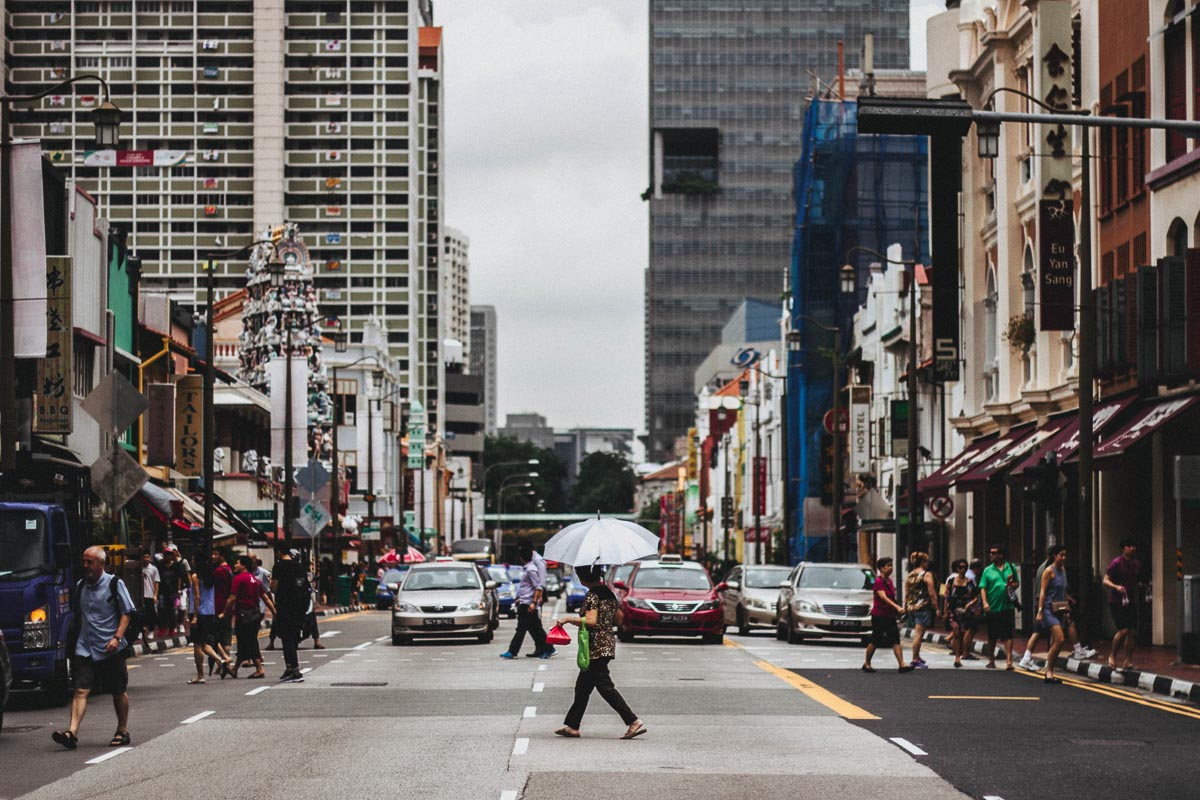Smart Growth America and the National Complete Streets Coalition released their 2019 Dangerous by Design report highlighting the most dangerous streets, cities and states for pedestrians. And again, Sun Belt states ranked poorly.
All Sun Belt states: Florida, Georgia, South Carolina, Alabama, Mississippi, Louisiana, Texas, New Mexico, Arizona, Nevada and California, were included in the report's 20 most dangerous states for pedestrians and all but California were in the top ten. In comparison to the 2016 report, the states' ranking shifted in order, but the top ten remained. A breakdown of this ranking can be seen to the right.
In Texas, several cities were named in the top 40 most dangerous metropolitan areas for pedestrians. These cities include McAllen-Edinburg-Mission (16), San Antonio-New Braunfels (21), Houston-The Woodlands-Sugar Land (23), Dallas-Fort Worth-Arlington (28) and Austin-Round Rock (40). When comparing the 2016 report to the 2019 report, all five of these Texas cities experienced an increase in their Pedestrian Danger Index Score, which is the equation researchers used to rank the danger level to pedestrians in the states and cities.

Most dangerous states in America for pedestrians in 2019. Source: Complete Streets Coalition, Smart Growth America
Texas cities aren't alone in their streets becoming more dangerous.
"Four out of every five major metropolitan areas actually grew more dangerous for people walking since the previous release of dangerous by design," said DeAnza Valencia, advocacy representative for AARP New Mexico. "The news gets worse. Older adults, people of color and people walking in low-income communities are disproportionately represented in fatal crashes involving people walking. This is truly a matter of life or death."
In addition to the report, Smart Growth America released an interactive, searchable map that plots all of the locations of individual fatalities throughout America.
"So the good news is that we do know how to improve things. We have the recipe already, meaning we have the tools. This isn't rocket science," Emiko Atherton, director of the National Complete Streets Coalition, said during a webinar about the report on Thursday. "We know how to build better streets, but we need to make state [Departments of Transporation] and Congress act on that."
Throughout the report, researchers highlight the role local, state and federal governments play in designing streets that cater to the speed of vehicles rather than the safety of all travelers, including drivers, cyclists and pedestrians. The report points to innovative design decisions that accommodate all users (such as road diets), expanded performance measures to hold states accountable, penalties for states when safety standards aren't met and the need for better-quality data on where fatalities and near-misses occur.
Past the federal funding proposition, the report suggests nine state and local changes that need to be put in place:
- Set performance targets that will improve safety
- Prioritize safety over vehicle movement
- Provide state transportation officials and engineers with the most up-to-date training and education on implementing "Complete Streets" policies
- Prioritize projects that will benefit those who suffer disproportionately
- Embrace the flexibility provided by the Federal Highway Administration to design safer streets
- Design roads to reduce speeds wherever possible
- Pass actionable Complete Streets policies that lay the groundwork for implementation
- Stop referring to pedestrian fatalities as unavoidable "accidents," but instead as "crashes
- Test bold, creative approaches to safer street design
"We can and must raise the bar by requiring states to set safety targets that reduce rather than increase the number of people killed or seriously injured while walking or biking on our streets, ultimately working toward eventually eliminating all traffic-related deaths and serious injuries," the report says.

